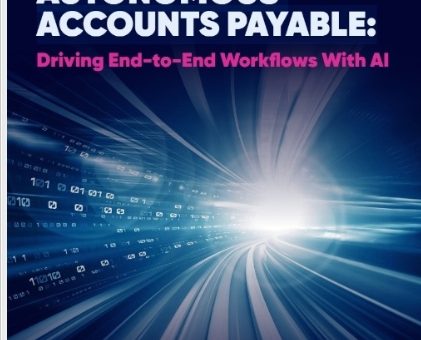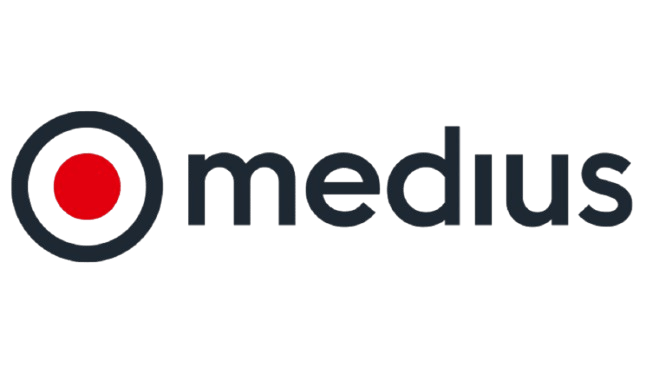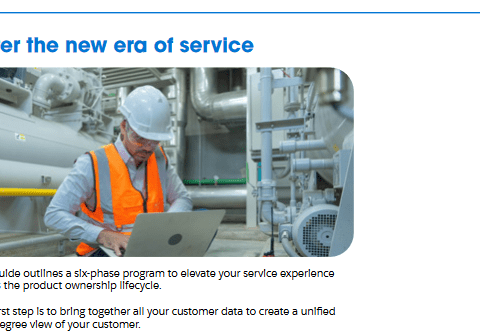
The automation drive is ever-persistent in shared services. In the GBS and Shared Services State of Industry Report 2022, 81% of shared service practitioners said end-to-end (E2E) automation was a top objective for 2022 and listed financial processes such as procure-to-pay (42%) and order-to-cash (41%) as priorities. The global pandemic has only accelerated this drive for automation. When employees took their work home, businesses were faced with new challenges in digitizing administration and maintaining process efficiency, especially when it came to staying on top of company finances like accounts payable.
One business function at the forefront of today’s automation drive is accounts payable (AP). The management of AP is a crucial tool in a company’s cashflow, as a means of managing what is effectively short- term debt. Today, payments are being made online, offline, through automated clearing house (ACH), credit cards (corporate cards, virtual cards, etc.), and in a variety of other ways. The challenge for manually operated AP teams has been to manage payments effectively. It’s no surprise then, that automation is such a hot topic for the procure-to-pay process, since it is able to alleviate some of the stresses from the department.
According to the Global State of AP Automation Survey 2021, only 9% of businesses have fully automated their AP processes. In that same survey, 52% of businesses said their AP processes are only partially automated, and 16% said they are still investigating what AP automation could mean to their business. These results indicate many SSOs are aware of how valuable automation would be for AP, however, are finding it difficult to get the ball rolling on their automation journey. The benefits of deploying automation technologies and AI to a business’s accounts payable department can be seen almost immediately once implemented. When brought in correctly, automation can reduce costs, improve efficiencies by removing manual intervention, and provide real-time insights into finance processes. Additionally, these technologies can limit time spent on maintenance and set up, as well as reduce fraud and operational risk by providing oversight of company finances and payments with real-time tracking of billing and payment details. The goal of this report is to take a closer look at the current state of AP and determine where businesses currently stand in regard to AI in AP departments, the challenges those departments are facing, and the solutions AI offers to those
challenges. This report will also illustrate how autonomous processing of the invoice-to-pay process can be a competitive differentiator for companies.
This article is posted at medius.com

Please fill out the form to access the content






